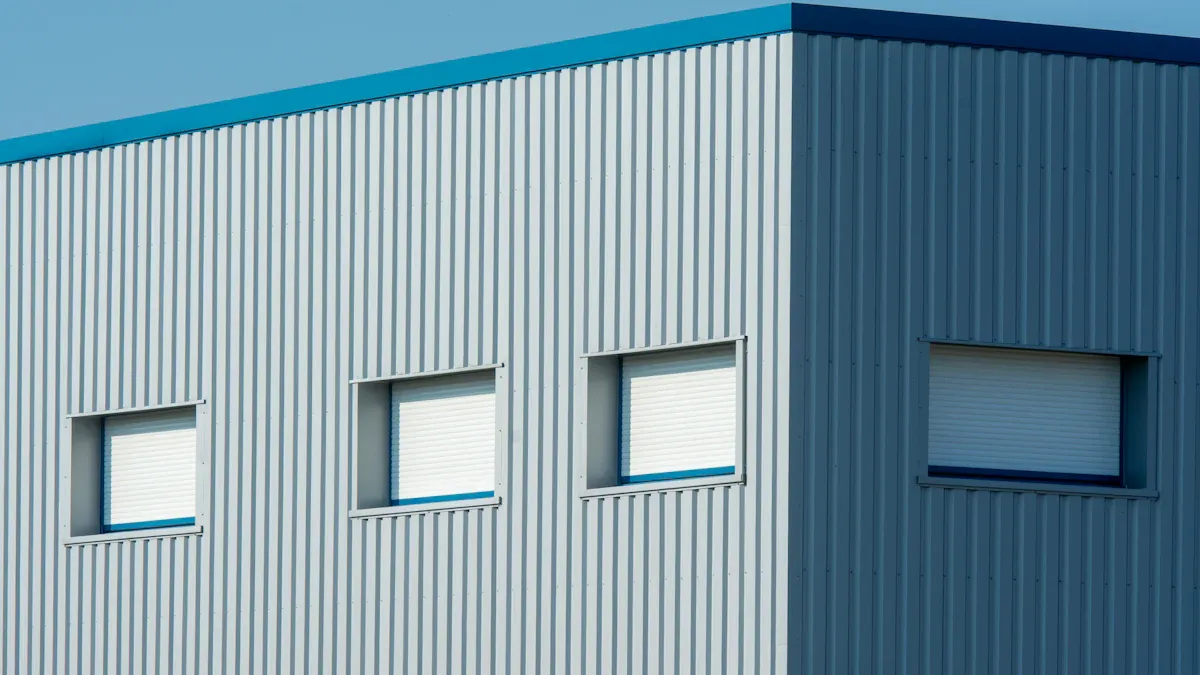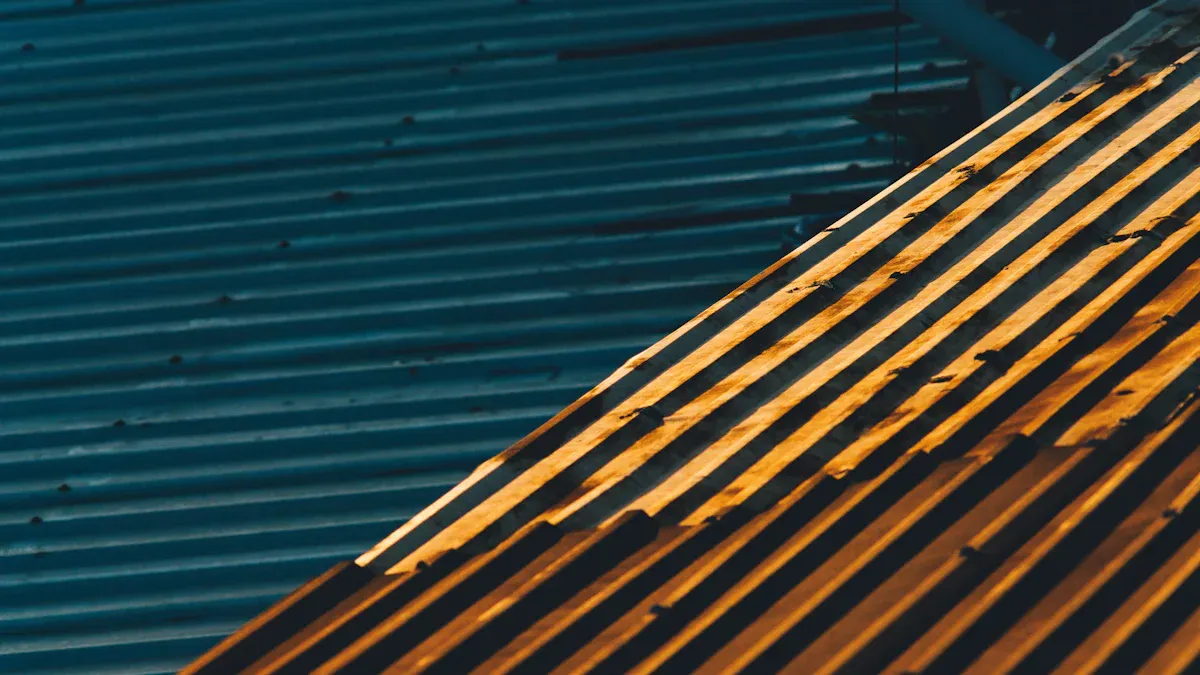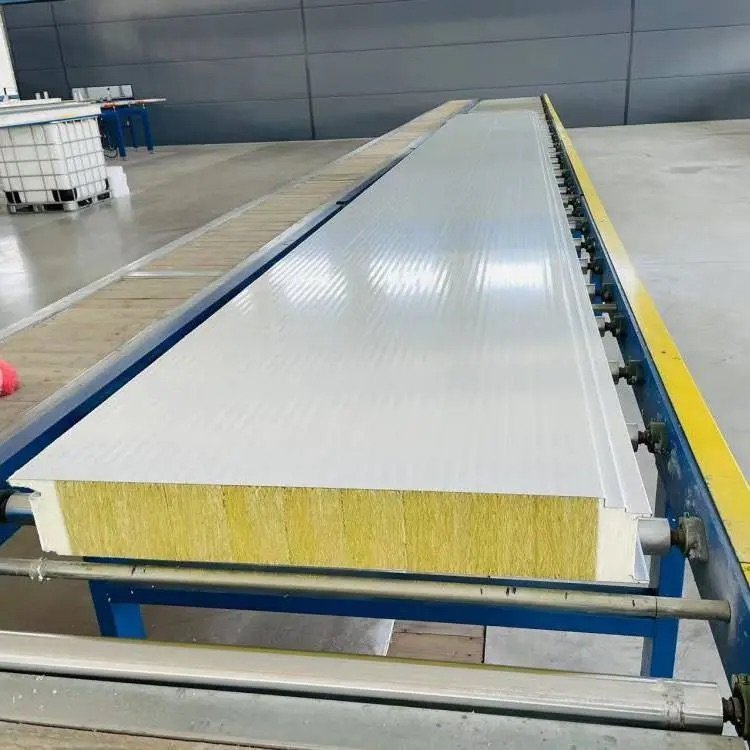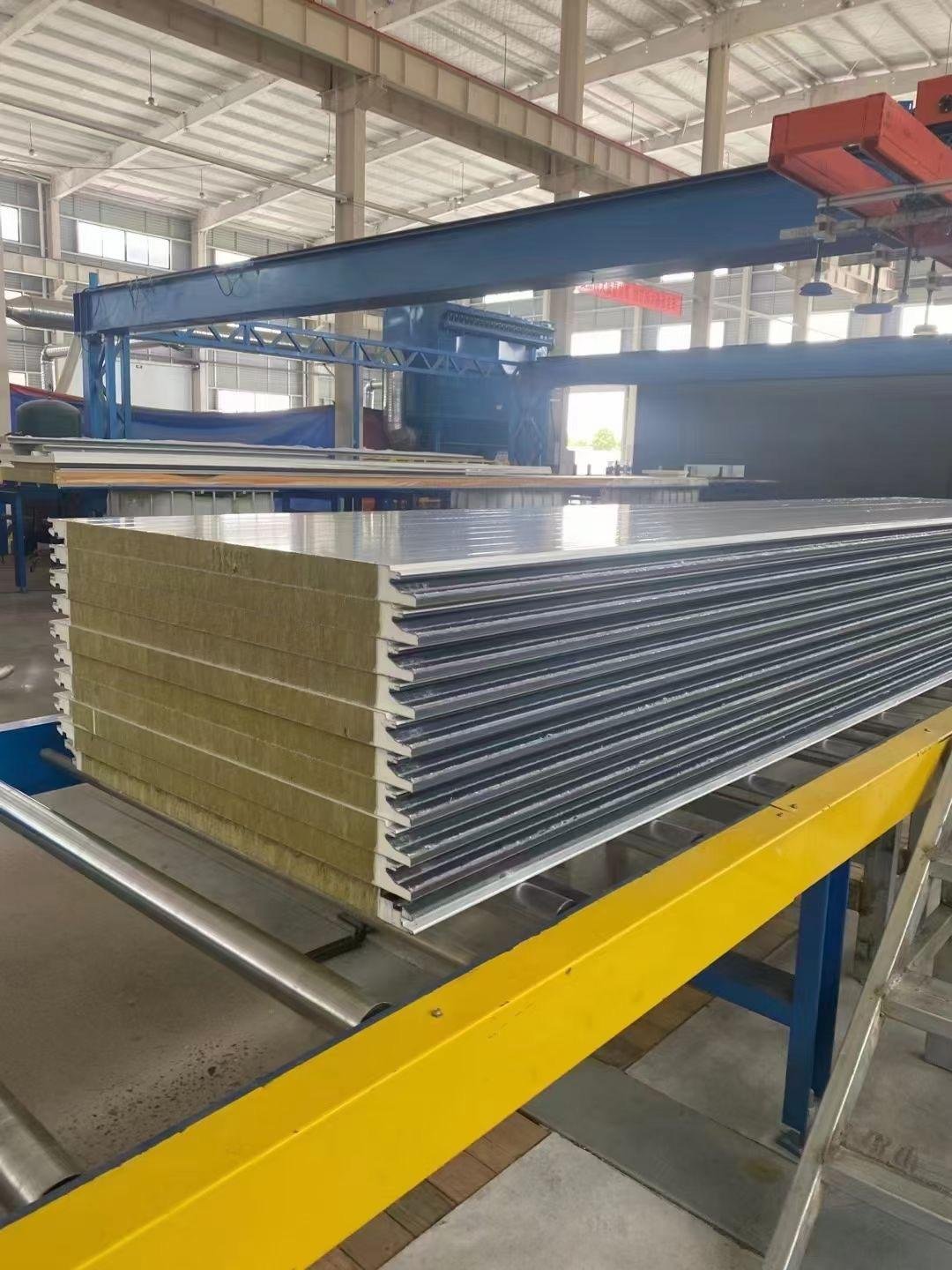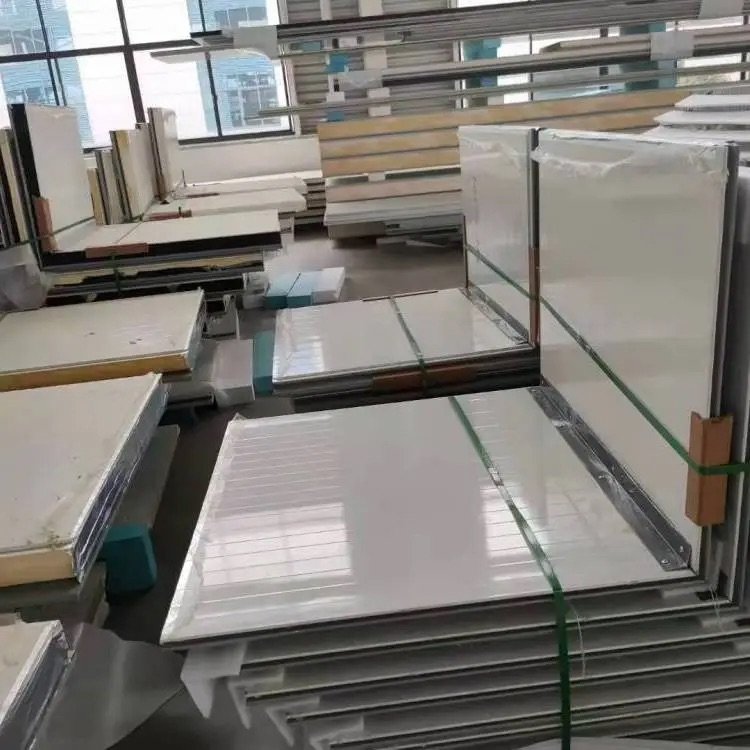When it comes to building safety, Rockwool panels are important. These panels are made from basalt rock, which resists fire well. They do not burn, so they help stop fires from starting. Their high melting point keeps them strong in very high heat. Tests show that using Rockwool with fire panels makes steel structures safer. Non-burning wall systems also help buildings stay strong during fires. By slowing fire spread and keeping buildings stable, Rockwool offers great safety and peace of mind.
Key Takeaways
Rockwool panels cannot catch fire, stopping flames from spreading.
Fire compartments with Rockwool give people more time to leave safely.
Rockwool panels help buildings follow fire safety rules and stay safe.
These panels lower fire damage, saving buildings and cutting repair costs.
Rockwool panels work in homes, offices, and factories for better fire safety.
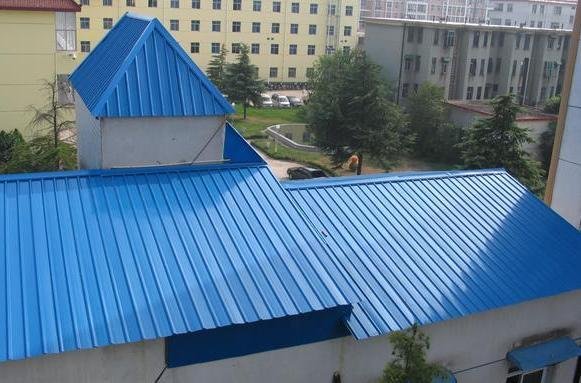
What Are Fire Compartments in Building Design?
Definition and Purpose of Fire Compartments
Fire compartments are parts of a building that stop fire spread. These sections act like walls to keep fire in one area. This helps stop flames from moving to other parts of the building. It is a key way to make buildings safer and reduce damage.
Research shows things like ceiling height and doors affect fires. For instance, tall ceilings can slow fires, but many doors may increase heat.
The goal of fire compartments is to control fire and smoke. They give people time to leave safely and let firefighters work with less danger.
Role in Containing Fire and Protecting Occupants
Fire compartments are very important for stopping fire and saving lives. They block flames and smoke, keeping them from spreading quickly. This helps keep exits clear so people can escape in time.
Fire compartments stop flames and smoke from spreading.
They keep the building strong during a fire.
They give people time to leave safely.
They make sure exits stay usable during a fire.
Fire compartments also protect the building from falling apart. This is important for keeping everyone, including firefighters, safe.
Importance in Modern Building Safety Standards
Today’s building rules focus on using fire compartments. These rules require fireproof materials, like rockwool, to build strong barriers. Rockwool panels don’t burn, making them perfect for fire compartments.
Description | |
|---|---|
Fire-Resistant Walls | Built with materials that block fire and smoke. |
Fire-Resistant Floors and Ceilings | Stop fire from moving up or down in a building. |
Fire Doors | Shut during fires to block flames and smoke between areas. |
Fire Resistance Ratings | Show how long parts can handle fire (e.g., 30, 60, 90 minutes). |
Material Specifications | Rules for using fireproof materials in buildings. |
Installation and Maintenance Requirements | Guidelines for setting up and taking care of fire barriers. |
Fire compartments are key to safety, creating zones to stop fires.
By following these rules, buildings can meet safety standards and stay protected from fires.
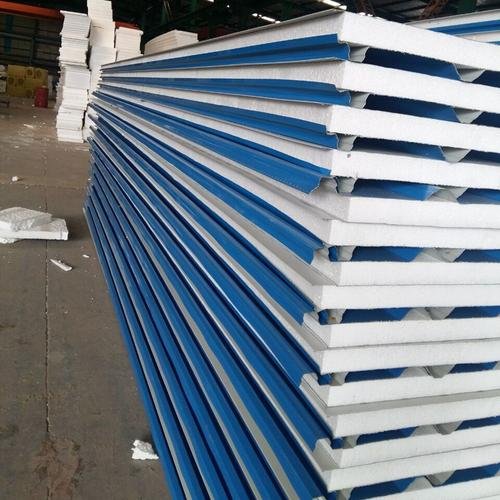
How Rockwool Panels Improve Fire Resistance
Rockwool Panels Don’t Burn
Rockwool panels don’t catch fire, making them very safe. They are rated A2 S1 D0 under EN 13501-1. This means they don’t help fires grow or spread. These panels act as a shield against flames, keeping buildings safer.
Rockwool panels are made from mineral wool, which blocks heat. This helps them stay fireproof while also insulating well. Choosing Rockwool adds strong fire protection to your building.
Strong Against Heat and High Temperatures
Rockwool panels are made from basalt rock, which melts at over 1,000°C. This makes them strong even in very high heat. Unlike other materials, they don’t break or fall apart during fires.
In a UL263-2020 fire test, Rockwool panels lasted 60 minutes. They passed the test by stopping flames and hot gases. They also passed a water test, showing no leaks. This proves Rockwool panels are great for fire safety.
Slowing Fire Spread with Rockwool Barriers
Rockwool fire barriers stop flames and smoke from spreading. They keep fire in one area, giving people time to escape. Firefighters also have a safer space to work.
Tests show Rockwool barriers work better than other materials. In one test, Rockwool kept temperatures at 133°C, while PIR reached 840°C and phenolic foam hit 979°C. Adding Rockwool to walls, ceilings, and floors makes buildings much safer from fire.

Key Benefits of Rockwool Panels in Fire Compartments
Better Safety for People and Firefighters
Rockwool panels offer strong fire protection for everyone’s safety. They don’t burn, so flames can’t spread quickly. This gives people more time to escape during a fire. Unlike fiberglass, Rockwool’s mineral wool can handle high heat without helping fires grow.
In real fires, Rockwool panels have shown great results. They keep flames in one spot, lowering the risk of smoke and harmful gases. This also makes it safer for firefighters to work on putting out the fire. With Rockwool, you can trust your building’s fire barriers to work when needed most.
Follows Fire Safety Rules and Laws
Rockwool panels meet strict fire safety rules around the world. Their Class A1 fire rating proves they don’t burn. In places like California, laws require non-burning roofing in risky areas, making Rockwool important. Dubai also uses Rockwool for tall buildings because it can handle heat over 1,000°C.
Proof of Safety | Rule Details |
|---|---|
Non-burning material | Class A1 fire rating under EN 13501 |
California’s Title 24 | Needs non-burning roofing materials |
Dubai’s Fire Safety Code | Uses Rockwool for tall building rooftops |
Using Rockwool panels helps your building follow fire safety rules. This lowers risks and keeps everyone safer.
Less Damage and Stronger Buildings
Rockwool panels help reduce damage during fires. Their fireproof materials slow down how fast fires start. Tests show Rockwool delayed a wooden crib fire by 22 minutes compared to other materials. This slows fire growth and reduces harmful smoke, protecting the building.
From 2018 to 2022, fire-resistant materials like Rockwool cut fire damage costs by 43% in commercial buildings. These panels protect walls, ceilings, and floors from fire damage. Adding Rockwool to your building design keeps it safe and strong for years to come.
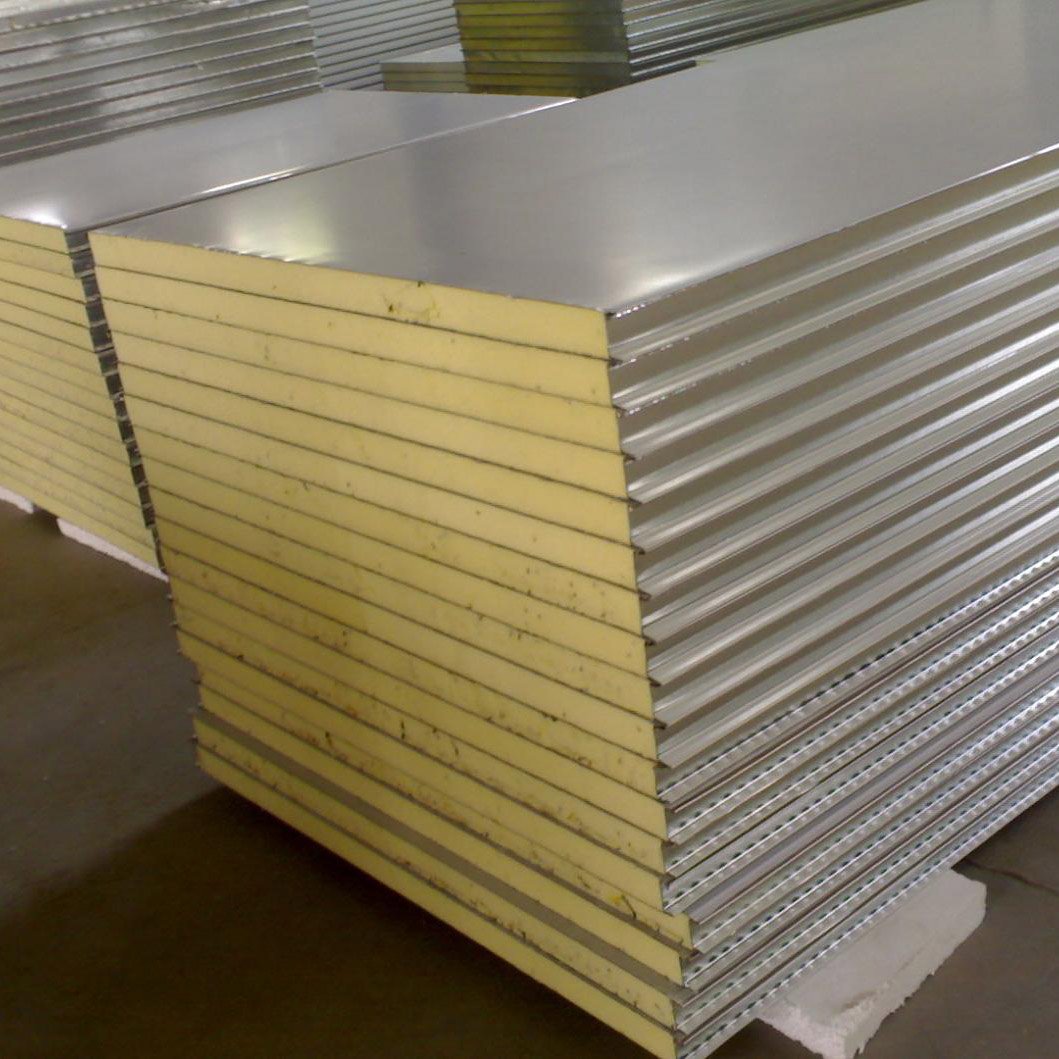
Applications of Rockwool Panels in Building Design
Use in Walls for Fire Compartmentalization
Rockwool panels help make walls that stop fire spread. These walls block flames and smoke from moving sideways or upward. Using Rockwool keeps fire in one area, giving people time to escape safely.
Real events show how well Rockwool works in walls. In 2018, a warehouse fire in Manchester, UK, stayed in one section for over three hours because of Rockwool panels. In 2020, during a fire in Sydney, Australia, Rockwool panels stayed strong under high heat, saving nearby buildings. These examples prove Rockwool panels improve fire safety in emergencies.
Application in Ceilings and Floors for Fire Resistance
Ceilings and floors are key to stopping fire spread. Rockwool panels in ceilings block flames from going up. In floors, they stop fire from moving to lower levels, keeping the building safe.
Rockwool’s high melting point makes it strong in extreme heat. This makes it perfect for ceilings and floors in fire-safe buildings. Adding Rockwool here creates safer spaces for people and firefighters.
Integration in Residential, Commercial, and Industrial Buildings
Rockwool panels work well in many types of buildings. In homes and apartments, they improve fire safety and give peace of mind. In offices and malls, Rockwool meets fire rules and protects lives and property.
In factories, where fire risks are higher, Rockwool gives strong protection. It handles high heat and stops fire from spreading far. Tall buildings also need Rockwool because it works well in tough conditions.
Using Rockwool panels in your building design makes spaces safer and meets fire safety standards.
Rockwool panels help make buildings safer from fires. They are great at stopping fire from spreading quickly. This gives people more time to escape and keeps the building stronger. These panels can handle very high heat, so they stay strong during emergencies.
Using Rockwool panels means your building meets fire safety rules. Adding them to your design helps protect people and property. Rockwool gives you safety, peace of mind, and lasting protection from fire dangers.
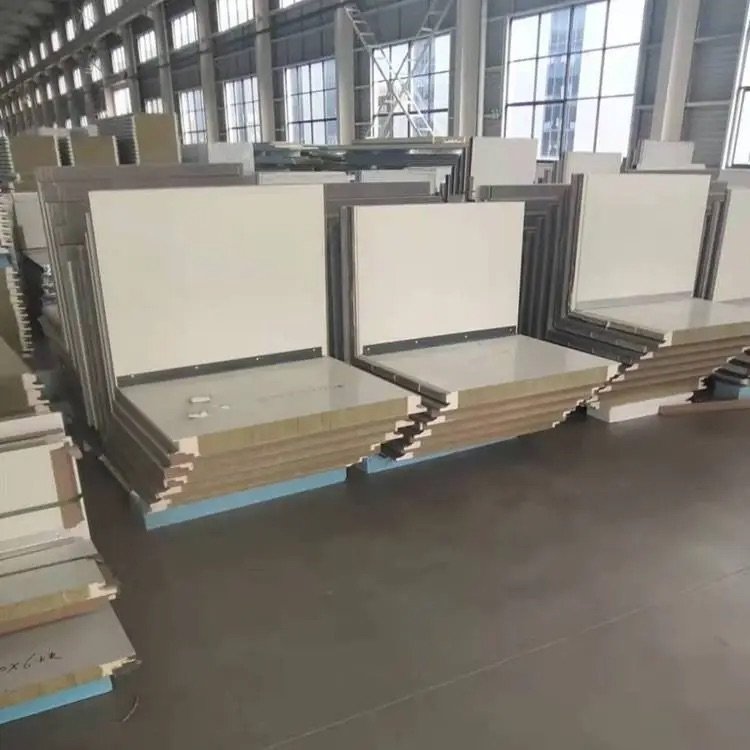
FAQ
Why are Rockwool panels good at stopping fires?
Rockwool panels are made from basalt rock, which doesn’t burn. They can handle heat over 1,000°C without breaking. This helps stop fires from spreading and keeps buildings safer.
Can Rockwool panels be used in any building?
Yes, Rockwool panels work in homes, offices, and factories. They improve fire safety in walls, ceilings, and floors. They also meet important safety rules.
How do Rockwool panels help firefighters?
Rockwool panels slow down fire and block smoke. This makes it safer for firefighters to do their job. They keep the fire in one spot, reducing risks for everyone.
Are Rockwool panels good for the environment?
Yes, Rockwool panels are eco-friendly. They are made from natural materials and can be recycled. They also lower waste by reducing fire damage.
Do Rockwool panels need special care?
Rockwool panels are easy to maintain. They stay fireproof for a long time. Regular checks help ensure they keep protecting your building.

